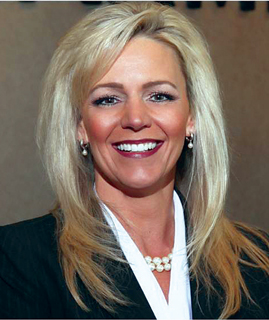
Netsmart has partnered with a continuing care retirement community client, Cantex Continuing Care Network in Texas, for a “smart referral” management solution.
The goal is to match post-acute organizations to electronic referring sources and streamline the organization’s acceptance or rejection process.
Many long-term care organizations manage intake through client relationship management (CRM) systems, which are more focused on sales and marketing, said Dawn Iddings, Netsmart Homecare Senior Vice President and General Manager.
“As networks narrow and referrals narrow, it becomes more important for clients to prove out the case,” she told McKnight’s. “A lot of our clients use CRMs for sales and marketing components and getting leads in the door, and that’s great. But there’s a clinical component to that as well in terms of finding the right patients and residents. By Referral Manager really bringing that clinical component to the table, it helps you hone in on who the best patients are that you can accept into your setting.”
The referral system eliminates redundant data entry, saving time. It offers secure messaging tools, which allow care intake teams to communicate with external providers.
Netsmart traditionally develops products in connection with a client’s business needs, and Cantex is a “forward thinking” provider, Iddings said. Traditionally providers have struggled with “whoever responds first, wins” for referrals. While they have to respond quickly, they also need a way to evaluate which referrals are the best match.
“It’s important for our clients that they have a process for analyzing referrals and then decide whether to accept the referral,” she said. “You have to be quick and you are competing with a lot. But there’s also a flip side to it, which is that it’s about accepting the right referrals. It’s not just quantity but quality. It’s ‘How do I make sure I have the right programs for people being referred to me?’”
Netsmart plans to make the solution available to its clients in 2018. The company believes it can be used for all of its provider communities.
“Care delivery is not episodic,” Iddings said.
From the December 01, 2017 Issue of McKnight's Long-Term Care News




